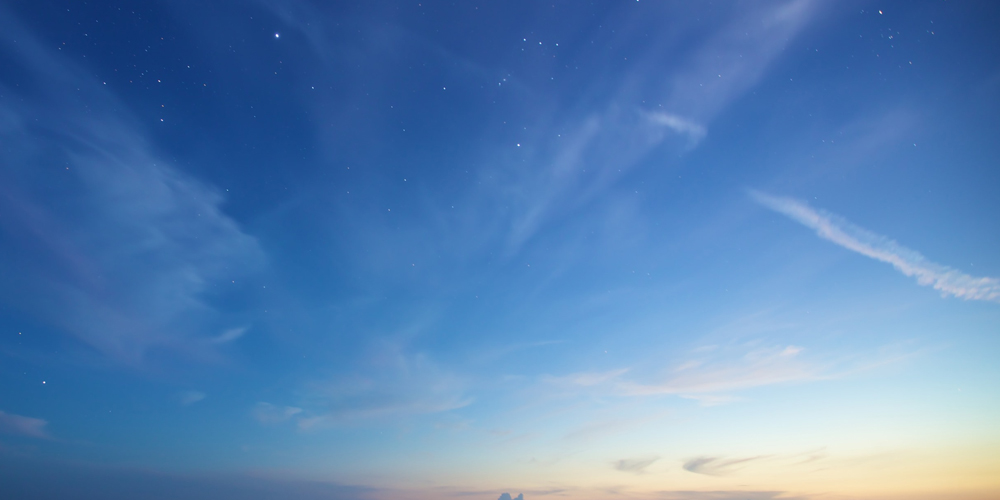
Beautiful Khiva, a museum city, has always been divided into two parts: Itchan-Kala and Dishan-Kala. Itchan-Kala is an inner part of the city, located inside Dishan-Kala. And if the inner part has preserved its original appearance in many respects, only a small portion of the outer part has remained, and as for the majestic city gates, only three have survived to this day: Kosh-Darwaza, Khazarasp-Darwaza, and Gandimyan-Darwaza.
The total number of gates in the past was 10. The names of the gates indicated the city with which this road from Khiva is connected:
- Gandimyan is a small settlement near Khiva. In Soviet times, the gates were demolished, and a cotton cleaning plant was built in their place;
- Gadaylar is a small mahalla nearby (small gathering of local residents);
- Kosh-Darwaza is a road to Urgench. The gates’ name was given because of their double structure – “kosh” is translated as “eyebrows”. They are located in the north. They were built at the dawn of the XX century. They have cylindrical towers and a toothed wall on the top. The gates used to be a powerful fortification with personnel premises on both sides of it. The facade had a mosaic ornament on the towers, and the domes were painted blue. Symmetry was visible in everything;
- Dashyak is a kishlak (village) in a small distance from Khiva on the North;
- Shakhimardan was the name of the cemetery at the gates. The bodies of the deceased were carried out in this direction;
- Tozabag are the southwest gates. The way to the summer residence of Khan Muhammad Rahim passed through them;
- Shikhlar is the south side of the wall; the gates were named after the mahalla. The passage was fee-based, and the raised money went to the fund of the Pahlavan Mahmoud mausoleum;
- Angaryk is a route to the summer residence of Allakuli Khan, who began construction of the wall. The name was given in honor of the village nearby;
- Pishkanyk is the eastern entrance to the city which got its name from the kishlak nearby. But the gates also had a second name, Kumaska, in honor of the nearest quarter of this kishlak;
- As for Khazarasp-Darwaza, the road led to Khanka, Yangiaryk and Khazarasp. But it was decided to name the gates after the third settlement. They have observation towers and an arch with a gallery upstairs. An impressive view was given to them by the toothed top part.
The defensive wall was erected here in 1842. The raiding visits of Turkmen tribes bothered Allakuli Khan heavily, regularly stirring up rebellion in the Khanate, and it was decided to fence off with the wall. The wall was erected in 3 years, and the Khan obliged the workers to work 12 days a year for free.

The wall’s length is more than five and a half kilometers, and the height varies between 6-8 meters depending on the site. The clay for the construction, as well as for the walls of Itchan-Kala, was mined a couple of kilometers from the city in the place where the lake Govuk-Kul is now located. The inner and outer parts of the wall were built of handmade bricks. The clay was mixed with straw, soaked, and when the straw began to secrete sticky matter, the bricks were formed from this composition, dried in the sun and then used for construction.
Not all gates appeared simultaneously – they were cut through the walls as needed. Passage through the gates became fee-based because of the many caravans that crossed Khiva. In addition to the fact that the caravaners were trading here, they could also stay to rest, replenish food and water or provide care for pack animals. The city thrived, so it always caused envious views of neighbors.

Canaan Travel is happy to open the beauty of Uzbekistan to travelers all over the world. Wonderful Khiva will amaze you with its ancient attractions that have survived from the depths of centuries. Welcome to the magical East!
